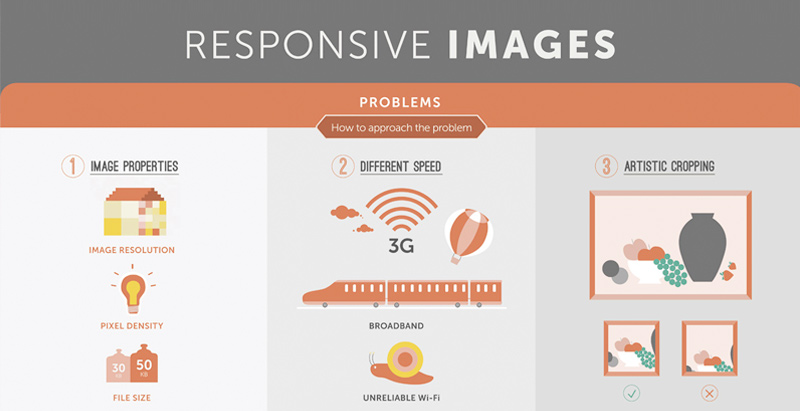The Growth Of Website Design: After That And Currently
The Growth Of Website Design: After That And Currently
Blog Article
Content Created By-Johnsen Bojesen
In the past, sites were simple and focused on information. Navigating was straight, and layout was for desktops. Currently, customer experience is vital. Information guides styles for simple navigating. Receptive designs suit various tools. Today, dark setting minimizes strain, and minimalist menus improve navigation. Interactive attributes engage individuals, and bold visuals stand out. AI integration improves engagement. See just how style has actually advanced to boost your on the internet trip.
Very Early Days of Web Design
In the very early days of website design, simpleness preponderated. Internet sites were basic, with restricted shades, fonts, and formats. The emphasis got on providing details as opposed to flashy visuals. Customers accessed the web through slow dial-up links, so speed and functionality were key.
Navigation menus were straightforward, typically situated at the top or side of the page. Web sites were made for computer, as mobile browsing had not been yet common. linked web site was king, and designers prioritized easy readability over complex style components.
HTML was the main coding language made use of, and developers had to work within its constraints. Computer animations and interactive functions were minimal compared to today's criteria. Sites were static, with little dynamic content or personalized user experiences.
Increase of User-Focused Design
With the development of site design, a shift towards user-focused design concepts has actually come to be significantly famous. Today, producing websites that prioritize customer experience is important for involving site visitors and attaining company objectives. User-focused design includes recognizing the needs, choices, and behaviors of your target market to customize the website's format, material, and includes as necessary.
Designers now conduct extensive research study, such as user surveys and use testing, to collect insights and responses directly from users. This data-driven strategy aids in creating instinctive navigating, clear calls-to-action, and aesthetically appealing user interfaces that reverberate with visitors. By putting the user at the center of the design process, websites can supply a more personalized and enjoyable experience.
Receptive style has also become a vital facet of user-focused style, guaranteeing that sites are optimized for various devices and screen sizes. This adaptability enhances access and functionality, accommodating the diverse ways users communicate with web sites today. Essentially, the increase of user-focused style represents a shift towards creating electronic experiences that focus on the needs and assumptions of completion individual.
Modern Trends in Web Design
Check out the latest patterns shaping web design today. One popular fad is dark setting style, offering a streamlined and modern-day look while minimizing eye pressure in low-light atmospheres. Another key fad is minimal navigation, simplifying menus and enhancing user experience by concentrating on essential elements. Including micro-interactions, such as computer animated buttons or scrolling impacts, can create a more interesting and interactive website. Responsive layout remains vital, making sure smooth individual experiences across different tools. Additionally, utilizing strong typography and unbalanced layouts can add visual interest and accentuate details web content.
Incorporating AI innovation, like chatbots for consumer assistance or tailored recommendations, improves customer involvement and enhances procedures. Access has also become a substantial fad, with designers prioritizing inclusive design methods to cater to varied customer demands. Embracing sustainability by maximizing internet site performance for speed and performance is an additional arising trend in web design. Collaborating with user feedback and data analytics to repeat and enhance design continually is important for staying appropriate in the ever-evolving electronic landscape. By embracing these modern trends, you can develop a visually appealing, user-friendly internet site that resonates with your target market.
Verdict
As you assess the development of site style from the early days to now, you can see exactly how user-focused style has ended up being the driving force behind modern trends.
Embrace link web site of change and adaptation in web design, constantly maintaining the individual experience at the leading edge.
Tippingpointdigital
Remain current with the current patterns and technologies, and never quit progressing your technique to create visually spectacular and easy to use internet sites.
Progress, adjust, and produce - the future of website design is in your hands.
